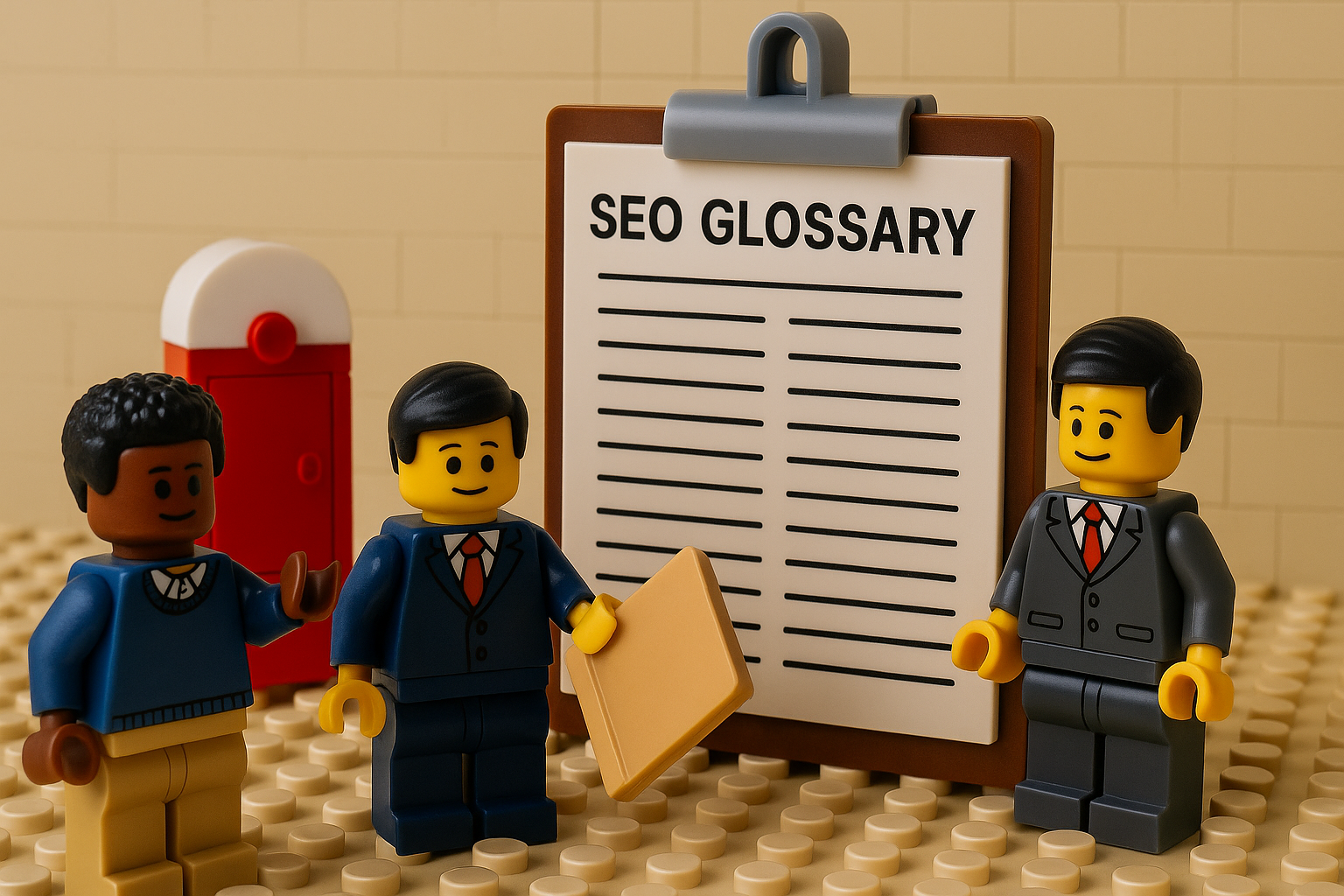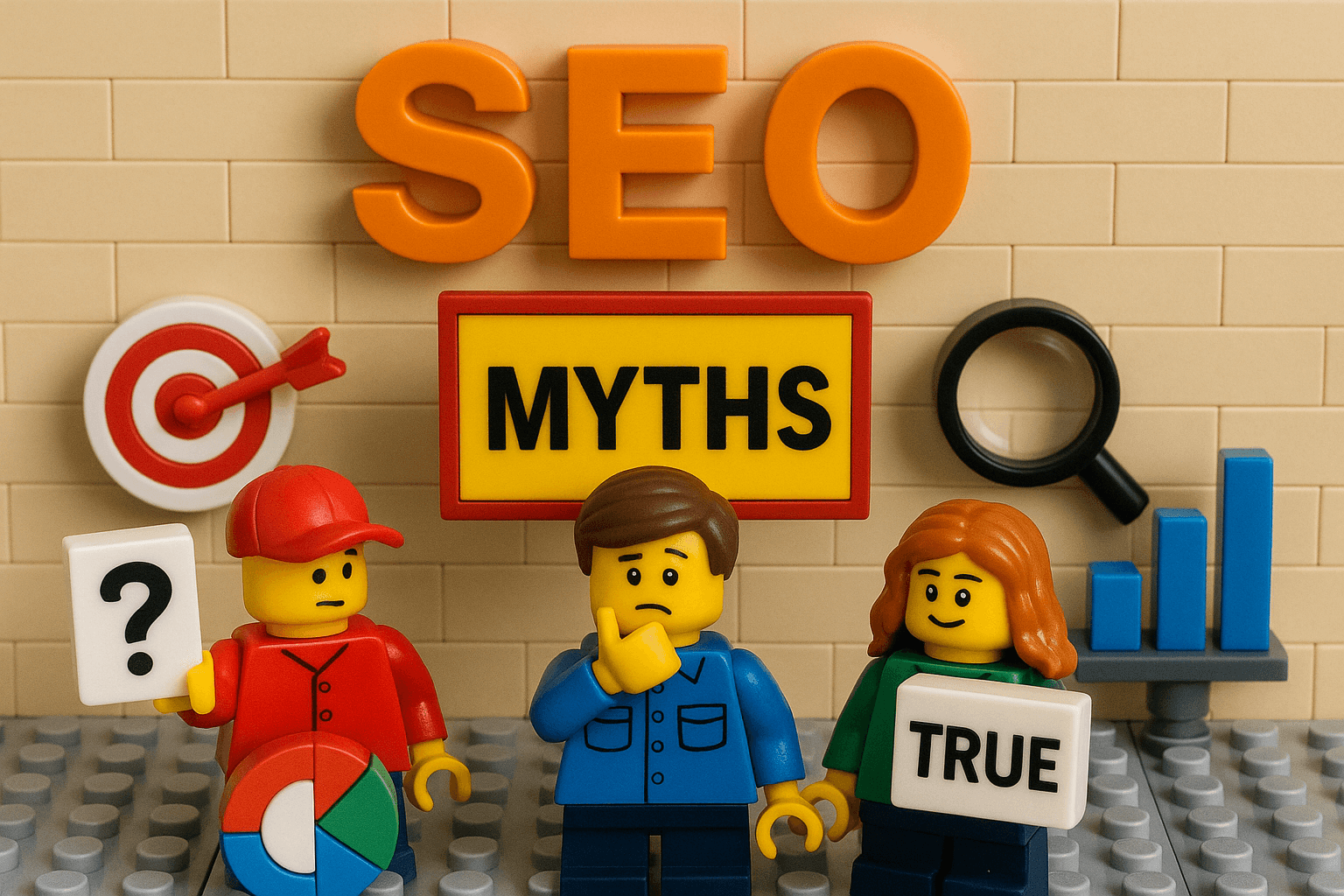Managing a successful Pay-Per-Click (PPC) campaign requires attention to detail and strategic thinking. Yet, even experienced marketers can overlook critical areas that undermine performance. Here are 16 common PPC mistakes — and how to fix them.
1. Not Using Lists for Keyword Exclusion
Negative keywords are essential, but without structure, they can quickly become unmanageable — especially with Google’s increasing emphasis on Broad Match.
✅ Fix: Organise negative keywords into themed lists. This makes them easier to maintain across multiple campaigns and ensures your exclusions remain relevant and efficient over time.
2. Not Limiting Geo-Targeting to Users In That Location
Campaign settings can be deceptive. By default, Google may show your ads to users who have merely “shown interest” in a location — not necessarily those physically present.
⚠️ Warning: This often leads to wasted spend unless your business targets tourists or operates in the travel industry.
✅ Fix: In campaign settings, adjust targeting to “Presence: People in or regularly in your targeted locations” for more control.
3. Not Setting Realistic Campaign Schedules
According to John Lewis, 15% of online orders are made between midnight and 6 AM. However, for most businesses, this is outside of peak buying hours.
✅ Fix: Review when your target audience is most active and adjust ad schedules accordingly. Avoid burning budget when conversions are unlikely.
4. Not Using Keyword Match Types Effectively
Broad Match can uncover new keywords, but it often casts too wide a net — resulting in irrelevant clicks.
✅ Fix: Use Broad Match strategically for discovery, but build performance campaigns around Phrase and Exact Match to maximise relevance and control.
5. Not Using Multiple Ad Groups
While a single campaign and ad group might seem simpler, it typically leads to poor structure and lower Quality Scores.
✅ Fix: Split campaigns into logical ad groups based on themes, services, or intent. This enables better keyword/ad alignment, improves CTR, and drives stronger results.
6. Not Syncing Conversion Data with Your PPC Platform
If you’re not tracking conversions accurately, you’re flying blind.
✅ Fix: Ensure conversion actions (form fills, purchases, sign-ups) are correctly synced with Google Ads or Microsoft Ads. This enables calculation of ROAS, Cost per Conversion, and Conversion Rate — all critical for optimising performance.
7. Not Interrogating Results Regularly
PPC is not a “set it and forget it” channel.
✅ Fix: Make performance reviews part of your weekly or monthly workflow. Track trends, isolate underperforming elements, and test changes — consistently.
8. Not Looking at the Competition for Ideas
Even the best campaigns benefit from a little competitive insight.
✅ Fix: Use tools like SEMRush, SpyFu, or Google’s Ad Transparency Centre to see:
- What keywords your competitors are targeting
- The creative and messaging they’re using
- What trends are emerging in your industry
9. Not Focusing on Landing Page Quality
Landing pages influence both your Quality Score and your Conversion Rate.
✅ Fix: Review landing page load speed, clarity, relevance, and user experience. A well-optimised page can drastically improve ROI and reduce wasted spend.
10. Not Coordinating with Organic Search Strategy
PPC and SEO should work together, not in silos.
✅ Fix:
- Use PPC to target keywords where you don’t rank organically
- Consider pausing PPC on keywords where you already rank #1
- Share performance insights across both teams
11. Not Targeting Devices Strategically
Your users behave differently depending on whether they’re on desktop, mobile, or tablet.
✅ Fix: Use device targeting and reporting to assess:
- Where your conversions happen
- Where bounce rates are highest
- Whether different creatives or landing pages are needed per device
12. Not Focusing on Outcomes
Without SMART goals (Specific, Measurable, Achievable, Relevant, Time-bound), PPC efforts can drift without direction.
✅ Fix: Define campaign objectives upfront (e.g. generate 100 leads/month at £25 CPL). Use these goals to guide budgeting, targeting, and optimisation.
13. Not Excluding Search Partners
Google’s Search Partner Network often performs worse than Google Search.
✅ Fix: Deselect unless you’re specifically running a brand awareness campaign.
14. Not Turning Observation Audiences On
You don’t need to target specific audiences to observe them.
✅ Fix: Add observation audiences like in-market segments or remarketing lists, then analyse which groups are converting.
15. Not Applying Brand Exclusion Lists
Prevent your PPC campaigns from bidding on branded terms accidentally (yours or others).
✅ Fix: Set up brand exclusions from day one to avoid skewed data.
16. Combining Mismatched Ad Formats
Mixing Dynamic Ads with Responsive Ads can lead to your creative being overruled by machine-generated content.
✅ Fix: Separate ad formats into different ad groups or campaigns for better control and analysis.





